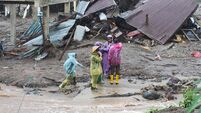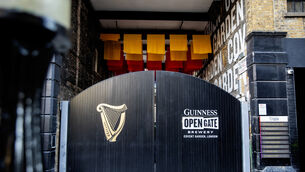‘Coincidences’ hinder Air Corps whistleblowers’ case

“THERE are those who may say that this litany of grave errors can’t just simply be coincidence after coincidence after coincidence that is being suggested,” the senior counsel said.
The line was a standout contribution in a tribunal that made headlines in every news outlet this summer.
















